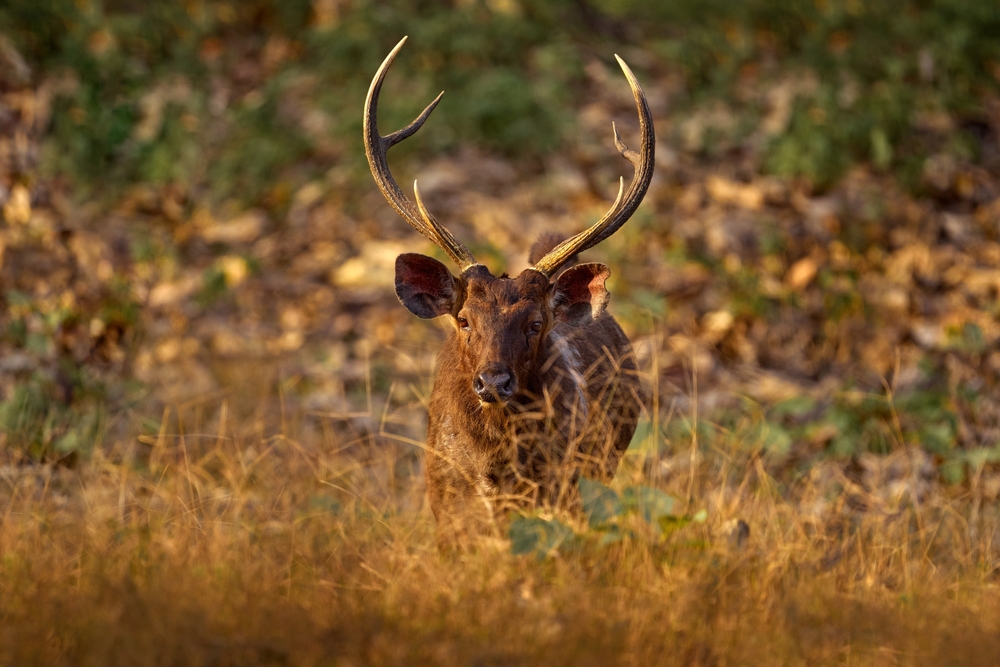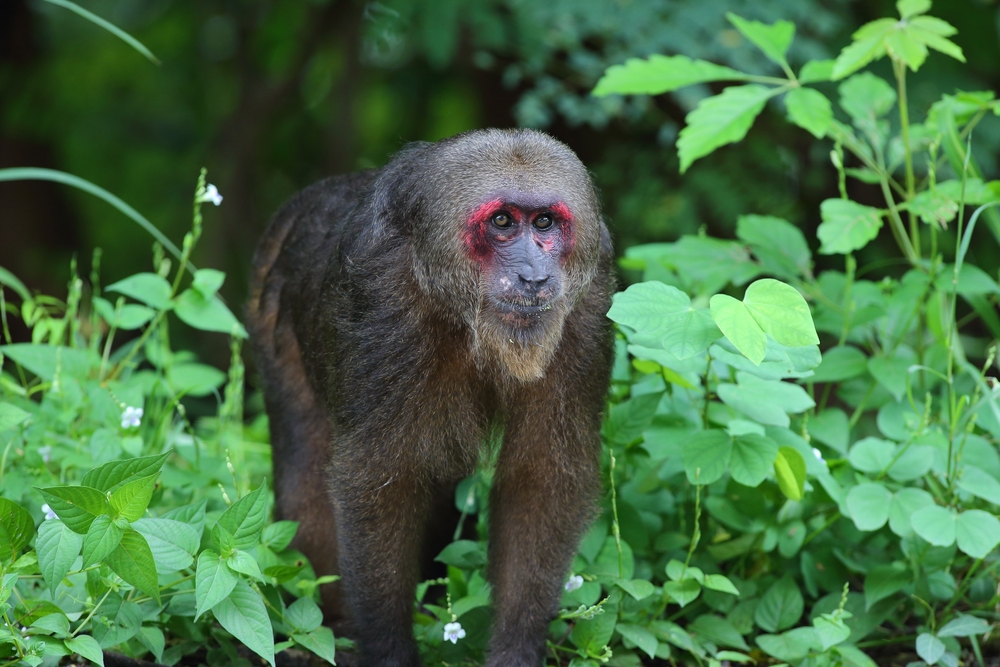Lampi Island Marine Overview
Lampi Island Marine National Park, locally known as Langaan Kyun, is a stunning protected area situated in Myanmar’s Myeik Archipelago. Spanning approximately 188 square miles (486 square kilometers), this park lies within Tanintharyi Region in southern Myanmar.
As the only marine national park in the country, Lampi Island is a unique haven encompassing a pristine tropical environment that includes both terrestrial and marine ecosystems. The park features Lampi Island itself, along with smaller surrounding islets and extensive coastal waters.
The terrain of Lampi Island Marine National Park is a harmonious blend of rugged mountains, dense tropical rainforests, mangrove forests, sandy beaches, and coral reefs. The island’s interior is characterized by steep hills cloaked in lush vegetation, with peaks such as Mount Mali offering breathtaking vistas.
The coastline is fringed with mangroves, which play a critical role in stabilizing the shoreline and nurturing biodiversity. Offshore, the crystal-clear waters harbor an array of coral reefs teeming with life, while the surrounding seascape features seagrass beds and shallow lagoons that are crucial habitats for marine species.
The wildlife of Lampi Island Marine National Park is exceptionally diverse. Terrestrial species include mammals such as dusky leaf monkeys, flying foxes, and crab-eating macaques. The park’s mangroves and forests are home to a variety of reptiles and amphibians, including monitor lizards and pit vipers. Bird enthusiasts may spot species like the white-bellied sea eagle, collared kingfisher, and hornbills.
The surrounding marine areas support a plethora of aquatic life, including dolphins, dugongs, and sea turtles such as the green turtle and hawksbill turtle, which use the beaches for nesting. The coral reefs house colorful fish, crustaceans, and mollusks, creating a vibrant underwater spectacle.
Visitors to Lampi Island Marine National Park are drawn to its breathtaking natural beauty and opportunities for adventure. Popular features include kayaking through mangrove forests, snorkeling above coral reefs, and hiking forest trails. Many also explore the park by boat, taking in the striking coastal scenery and searching for wildlife along the shores. The nearby villages of the Moken, a nomadic sea-faring people, offer cultural insights and opportunities to learn about traditional lifestyles intertwined with the ocean.
Conservation efforts in the park have seen both challenges and successes. Illegal fishing and poaching threaten the park’s biodiversity, while the Moken’s traditional livelihoods have faced pressures from tourism and development. However, collaborative initiatives between the government, local communities, and conservation organizations have led to enhanced protection measures, such as strengthened patrolling and community-based ecotourism. These efforts have begun to foster sustainable development while safeguarding the park’s natural and cultural heritage.













































































